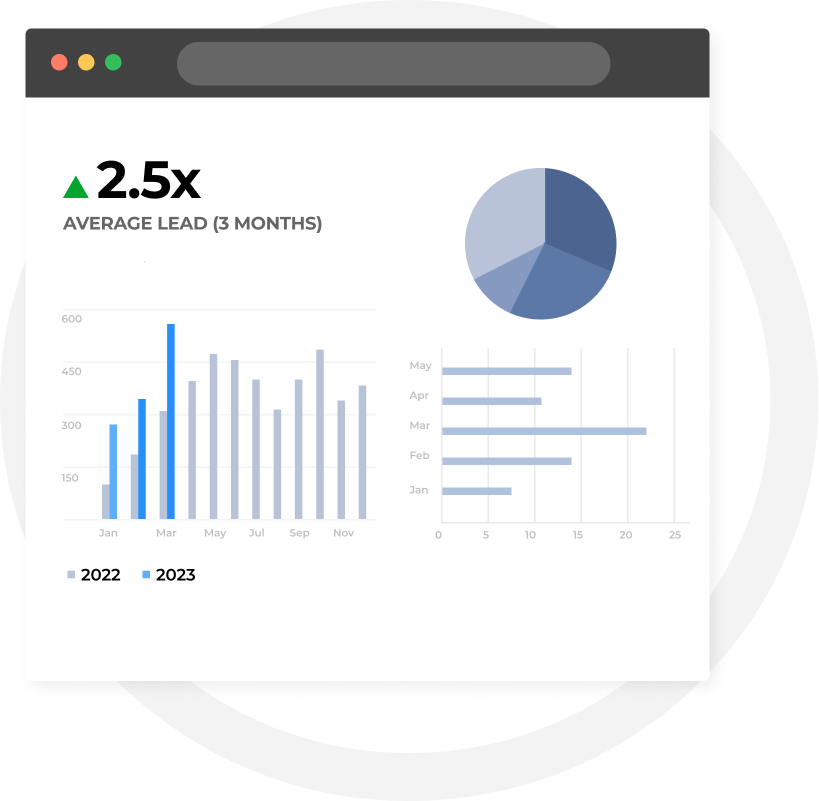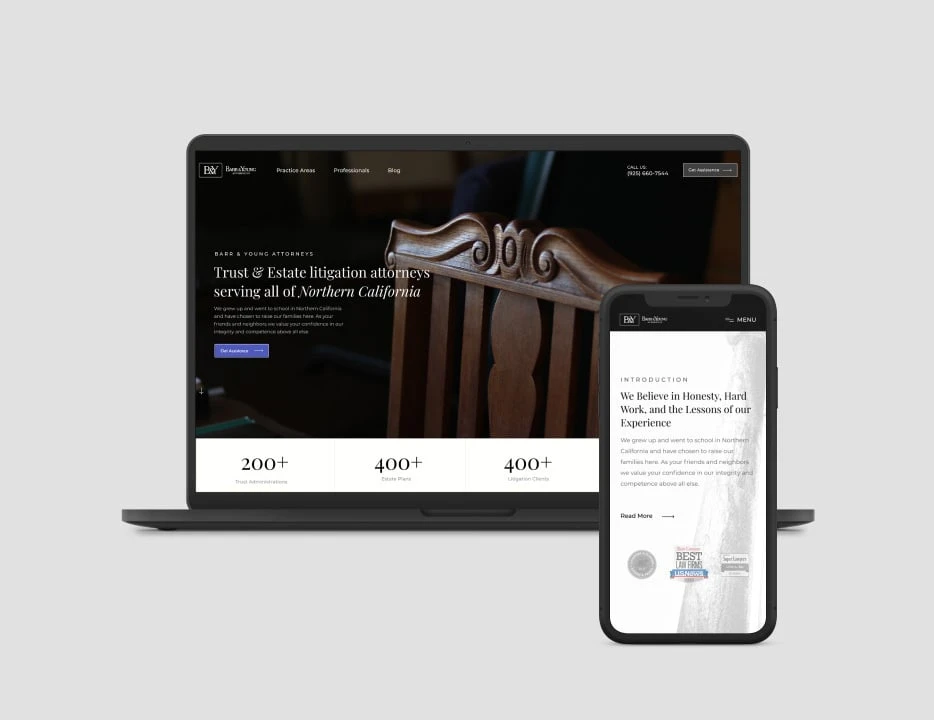How Our Digital Marketing Strategy Development Services Work
With custom digital marketing strategies and a whole host of solutions to solve your company’s needs, we pull on a number of tools to achieve your goals. Depending on your digital marketing needs, budget, and capacity, the components we rely on include everything from website audits, to SEO strategy development, and eCommerce strategies.
What Is Digital Strategy Development?

In order to help you get the most out of your digital-focused marketing tactics, Comrade relies on a number of different strategies and solutions, incorporating the latest technology, to achieve premium results. Depending on your goals, our digital marketing strategy components include:
Website Audit
Auditing your site is essential to a successful SEO marketing strategy. At Comrade, we work to perform an in-depth website audit to help find your company’s strengths, weaknesses, opportunities, and any potential threats (SWOT). In order to do this, we perform a market gap analysis, as well as a website SEO analysis, security audit, and a competitor audit. Our professional website auditors will work to find any duplicate content that harms your performance, as well as improper SEO practices or backlink profiles.
Analysis of Current KPIs and Their Setup

KPI, or Key Performance Indicators, are quantifiable goals that will help you measure and track your success. At Comrade Digital Marketing Agency, we will work with you to define these goals and share how we will measure them. KPIs can include everything from improving engagement and site visits to the click-through rate, open rate, and conversions. Depending on your goals, we will utilize elements like Google AdWords to track success.
SEO Strategy Development
To boost your customer base and foster strong relationships with your consumers, our experts at Comrade Web Agency will create an SEO strategy specific to your needs. We start by running an SEO site audit to understand both on and off-page strategies to improve. Additionally, we measure and track SEO success, using this information to formulate a plan to help increase your leads, volume, traffic, and conversions, all while adhering to Google standards and SEO best practices.
ADV Strategy Development
On top of utilizing SEO, we additionally will develop your ADV strategy, ensuring that your business, product, or service is properly positioned with the best messaging to relate to your target audience. Properly placing your digital strategy is one thing, but developing what it should say and the tactics is just as important as where consumers see it. We will work with you to get the right message across to the correct audience.
Ecommerce Strategy Development
For access to a wide range of eCommerce solutions, utilize our e-commerce marketing services at Comrade. Our solutions include initial SEO site audits, reviews of your product pages, and potential market expansion opportunities. Our experts explore options across the web, utilizing everything from email marketing, to paid search strategies, and social media marketing to promote your business to new customers.
Marketplace Strategy Development
As an eCommerce business, marketing your goods in the marketplace is essential to your digital marketing campaign. This involves creating a strategy for different outlets, such as Amazon or other third-party retailers, ensuring you are competitive with other products or services similar to your own. We will develop a PPC strategy to accompany this, ensuring you reach your target audience segments, appealing to their interests and behavior.
Local SEO Strategy Development
Local search engine optimization is the practice of making your company and services visible on specific geographical-related searches. With Local SEO, our team at Comrade will not only increase your online visibility but utilize local keywords and compare to your local competition in order for you to increase traffic and sales as you rank higher than your competitors.
International Marketing Strategy
Broadening your local SEO strategy, we additionally provide international marketing strategy solutions. Our team at Comrade is skilled at creating a number of different targeted campaigns, appealing to your potential new customers, no matter their location. This way, you can garner a wider audience and customer base based on our key research and optimization tactics.
Working without Strategy vs Using Strategy
Digital marketing has become an industry staple, yet that doesn’t mean just any ad or keyword will help drive results.
In an incredibly over-saturated digital age, and with so many different people scrolling the web, cultivating a calculated, specific strategy is essential to boosting your business. Posting an ad here and there may get you a few more customers, but the key to long-term success is in the strategy.
When it comes to standing out from your competition, you can bet that they have a strategy of their own. In order to out-rank and out-perform your competitors, a digital marketing strategy is a must. By relying on careful research and data, and by setting goals, you will finally achieve real, quantifiable results – something you can’t get from a random, uninformed approach to digital marketing.
Can I Work on My Own Using This Strategy?
While you can certainly take the tips we’ve provided to begin formulating a digital strategy, these methods and practices take a lot of time to understand and execute properly. For this reason, it’s best practice, especially in your early years of the business, to partner with a marketing strategy professional.
At Comrade Digital Marketing Agency, we’ve made digital marketing campaigns our central focus, meaning we are truly the experts in the space. By utilizing our services, you not only can alleviate the stress on your shoulders, but know that you are turning to a team that is building a campaign that will truly show success, ensuring long-term results to grow your business. For research-driven, proven digital marketing strategies, Comrade is a trusted partner to elevate your business to the next level.

























